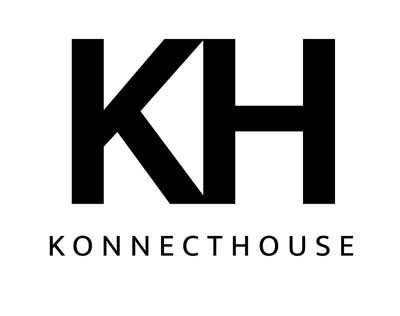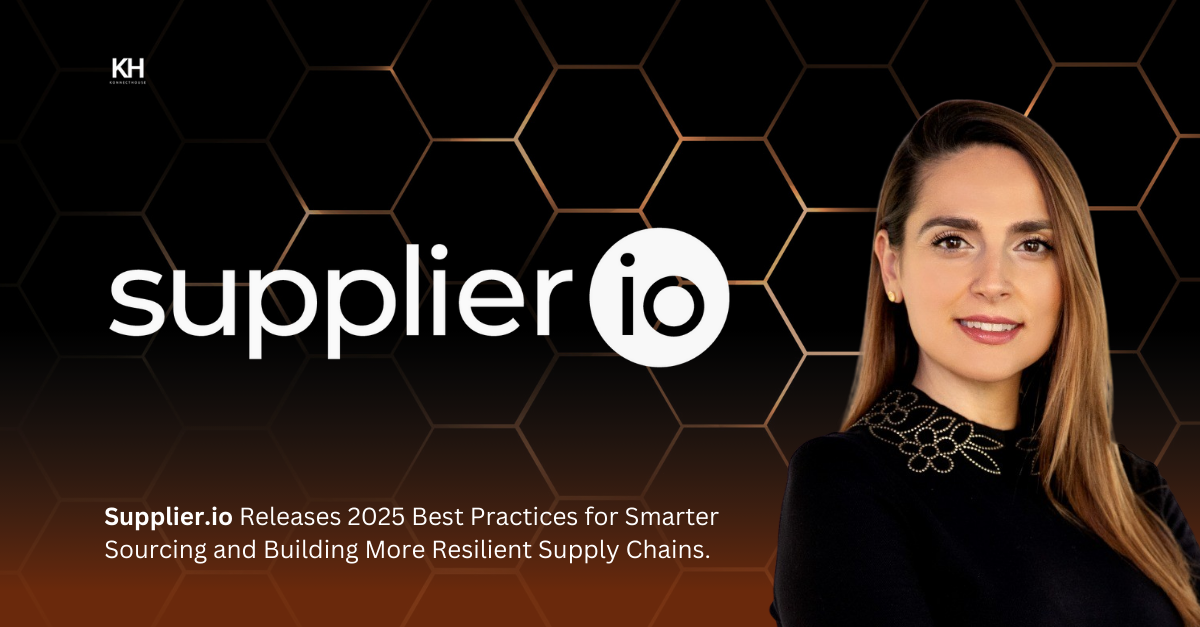Source: businesswire
Supplier.io, the market-leading provider of supplier intelligence solutions, has released its 2025 Best Practices for Alternate Sourcing Report, offering a data-driven guide for businesses navigating today’s evolving procurement landscape. Based on insights from top performing companies, the report outlines practical strategies to help organizations strengthen supplier networks, reduce risk, and drive greater efficiency amid shifting economic and regulatory pressures.
“Today’s supply chains face unprecedented challenges with rising costs, shifting regulations, and ongoing global disruptions,” said Aylin Basom, CEO of Supplier.io. “The most successful organizations distinguish themselves by making proactive, data driven decisions. Our latest report and supplier intelligence arm businesses to identify risks early, strengthen supplier relationships, and improve sourcing reliability.”
Through a combination of extensive data analysis, survey feedback from over 400 procurement leaders, and 34 executive interviews, the report identifies five core strategies shaping the future of procurement, including:
Showing Up with Proactive Insights: Top performing organizations are turning market intelligence into a strategic advantage. While 36% of procurement teams still rely on basic internet searches to identify suppliers, industry leaders leverage specialized databases and benchmarking tools to uncover high quality supplier partners, bringing in new opportunities for cost savings and innovation.
Taking Initiative in an Uncertain Market: Less than half of sourcing professionals are taking immediate action against risk and volatility. Top performers aren’t waiting around; they’re actively reshaping their sourcing strategies to address supply chain messaging, supplier needs, and cost volatility before they escalate.
Identifying Immediate Risks: By identifying the most vulnerable supply areas, organizations can proactively address disruptions and build more stable, flexible supplier networks. Industries like manufacturing, agriculture, and consumer electronics—each facing 25% tariffs on imports from Canada and Mexico—face heightened risk. Leading companies are prioritizing these and other high impact categories, expanding their supplier base, and strengthening sourcing strategies to mitigate cost spikes and shortages.


